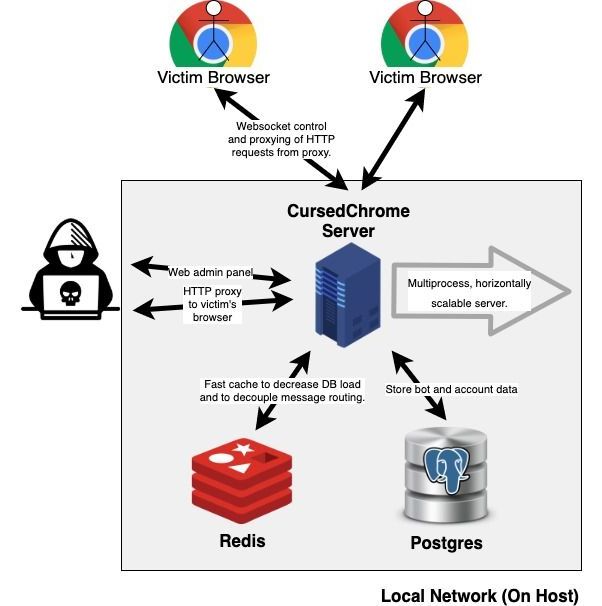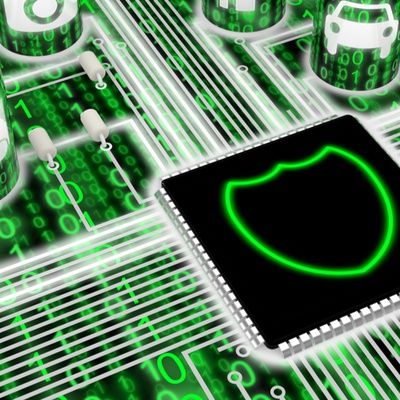Two U.S. officials told NBC News that coronavirus patient information, as well as vaccine research, is sought after by hackers, including those working for China.




TABLE OF CONTENTS —————
:00–15:11 : Introduction
:11–36:12 CHAPTER 1: POSTHUMANISM
a. Neurotechnology b. Neurophilosophy c. Teilhard de Chardin and the Noosphere.
—————————————————————————————–
POSTHUMAN TECHNOLOGY
—————————————————————————————–
:12–54:39 CHAPTER 2 : TELEPATHY/ MIND-READING
a. MRI
b. fMRI
c. EEG
d. Cognitive Liberty e. Dream-recording, Dream-economies f. Social Credit Systems g. Libertism VS Determinism.
:02:07–1:25:48 : CHAPTER 3 : MEMORY/ MIND-AUGMENTING
a. Memory Erasure and Neuroplasticity b. Longterm Potentiation (LTP/LTD)
c. Propanolol d. Optogenetics e. Neuromodulation f. Memory-hacking g. Postmodern Dystopias h. Total Recall, the Matrix, and Eternal Sunshine of the Spotless Mind i. Custom reality and identity.
:25:48–1:45:14 CHAPTER 4 : BCI/ MIND-UPGRADING
a. Bryan Johnson and Kernel b. Mark Zuckerberg and Neuroprosthetics c. Elon Musk, Neural Lace, and Neuralink d. Neurohacking, Neuroadvertizing, Neurodialectics e. Cyborgs, Surrogates, and Telerobotics f. Terminator, Superintelligence, and Merging with AI
g. Digital Analogs, Suffering, and Virtual Drugs h. Neurogaming and “Nervana” (technological-enlightenment)
:45:14 −2:02:57 CHAPTER 5 : CONNECTOME/ MIND-MAPPING

Sophos rushed patches to users of its popular XG Firewall network system following reports the company received last week that hackers were actively exploiting an SQL injection vulnerability.
The assault involved the downloading and installation of a series of scripts designed to steal user names, passwords and other sensitive data.
“At this time, there is no indication that the attack accessed anything on the local networks behind any impacted XG Firewall,” Team Sophos said. But they did not rule out the possibility of compromised data.

Lucid in the sky.

Software bugs have been a concern for programmers for nearly 75 years since the day programmer Grace Murray Hopper reported the cause of an error in an early Harvard Mark II computer: a moth stuck between relay contacts. Thus the term “bug” was born.
Bugs range from slight computer hiccups to catastrophes. In the Eighties, at least five patients died after a Therac-25 radiation therapy device malfunctioned due to an error by an inexperienced programmer. In 1962, NASA mission control destroyed the Mariner I space probe as it diverted from its intended path over the Atlantic Ocean; incorrectly transcribed handwritten code was blamed. In 1982, a software bug later alleged to have been implanted into the Soviet trans-Siberian gas pipeline by the CIA triggered one of the largest non–nuclear explosions in history.
According to data management firm Coralogix, programmers produce 70 bugs per 1,000 lines of code, with each bug solution demanding 30 times more hours than it took to write the code in the first place. The firm estimates the United States spends $113 billion a year identifying and remediating bugs.

Israeli researchers uncovered a novel way that hackers could steal sensitive data from a highly secured computer: by tapping into the vibrations from a cooling system fan.
Lead cyber-security researcher Mordechai Guri at Ben-Gurion University of the Negev said data encoded by hackers into fan vibrations could be transmitted to a smartphone placed in the vicinity of the targeted computer.
“We observe that computers vibrate at a frequency correlated to the rotation speed of their internal fans,” Guri said. Malware can control computer vibrations by manipulating internal fan speeds, he explained. “These inaudible vibrations affect the entire structure on which the computer is placed.”